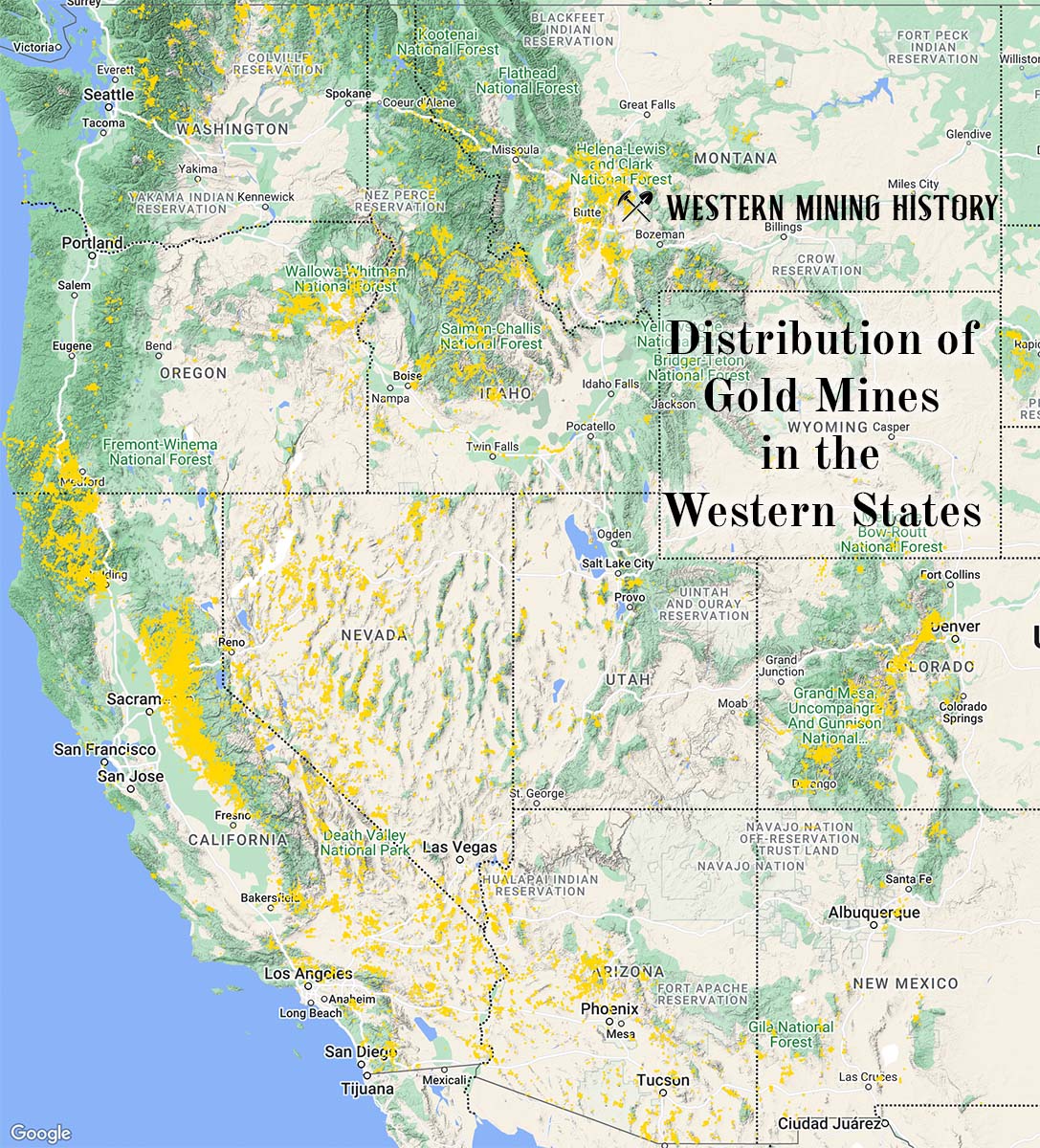The Francis Mine is a uranium and vanadium mine located in McKinley county, New Mexico at an elevation of 7,300 feet.
About the MRDS Data:
All mine locations were obtained from the USGS Mineral Resources Data System. The locations and other information in this database have not been verified for accuracy. It should be assumed that all mines are on private property.
Mine Info
Elevation: 7,300 Feet (2,225 Meters)
Commodity: Uranium, Vanadium
Lat, Long: 35.42917, -108.02500
Map: View on Google Maps
Francis Mine MRDS details
Site Name
Primary: Francis Mine
Secondary: Claims: Francis 1-35
Commodity
Primary: Uranium
Primary: Vanadium
Location
State: New Mexico
County: McKinley
District: Grants Uranium District: Smith Lake Subdistrict
Land Status
Land ownership: BLM Administrative Area
Note: the land ownership field only identifies whether the area the mine is in is generally on public lands like Forest Service or BLM land, or if it is in an area that is generally private property. It does not definitively identify property status, nor does it indicate claim status or whether an area is open to prospecting. Always respect private property.
Holdings
Not available
Workings
Not available
Ownership
Owner Name: Henry E. Andrews
Production
Year: 1954
Time Period: 1953 To 1954
Description: Cp_Grade: ^0.41 Percent U3o8
Deposit
Record Type: Site
Operation Category: Past Producer
Deposit Type: Stratiform
Operation Type: Unknown
Year First Production: 1953
Year Last Production: 1954
Discovery Year: 1953
Discovery Method: Ore-Mineral In Place
Years of Production:
Organization:
Significant: N
Deposit Size: S
Physiography
General Physiographic Area: Intermontane Plateaus
Physiographic Province: Colorado Plateaus
Physiographic Section: Datil Section
Mineral Deposit Model
Not available
Orebody
Form: TABULAR
Structure
Type: R
Description: Bluewater Fault
Alterations
Not available
Rocks
Name: Sandstone
Role: Host
Age Type: Host Rock Unit
Age Young: Late Jurassic
Name: Sandstone
Role: Host
Age Type: Host Rock
Age Young: Late Jurassic
Analytical Data
Not available
Materials
Ore: Tyuyamunite
Ore: Coffinite
Comments
Comment (Geology): THE DEPOSIT OCCURS IN THE BRUSHY BASIN MEMBER OF THE MORRISON FORMATION
Comment (Production): PRODUCTION TOTALLED 755 TONS OF ORE.
Comment (Development): HOLMQUIST (1970, P. 27) LISTS THE ANACONDA COMPANY AS THE LAST OPERATOR OF THE FRANCIS. ANDERSON (1980) LISTS FARRIS BROTHERS AS THE LAST OPERATOR.
Comment (Deposit): THE ORE OCCURS IN MINERALIZED FOSSIL LOGS AND TABULAR LAYERS IN A SANDSTONE LENS DIRECTLY BENEATH THE DAKOTA SANDSTONE.
Comment (Workings): WORKINGS CONSIST OF TWO 15-FT ADITS, ONE 50 TO 75-FT ADIT AND A VERY SHORT TUNNEL.
Comment (Location): LOCATION IS ACCURATE FOR THE MIDPOINT BETWEEN THE THREE ADITS SHOWN ON THE THOREAU NE QUADRANGLE. ; INFO FROM LAND.ST :1979
References
Reference (Deposit): HOLMQUIST, R.J., 1970, USAEC RME-172, P. 27
Reference (Deposit): ANDERSON, O.J., 1980, NMBMMR OFR-148
Reference (Deposit): MCLEMORE, V.T., 1983, NMBMMR OFR-183, APPENDIX 1
Reference (Deposit): NMBMMR GENERAL FILE DATA
Reference (Deposit): HILPERT, L.S., 1969, USGS PP 603, P. 41
The Top Ten Gold Producing States

These ten states contributed the most to the gold production that built the West from 1848 through the 1930s. The Top Ten Gold Producing States.